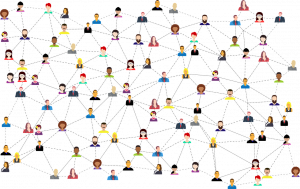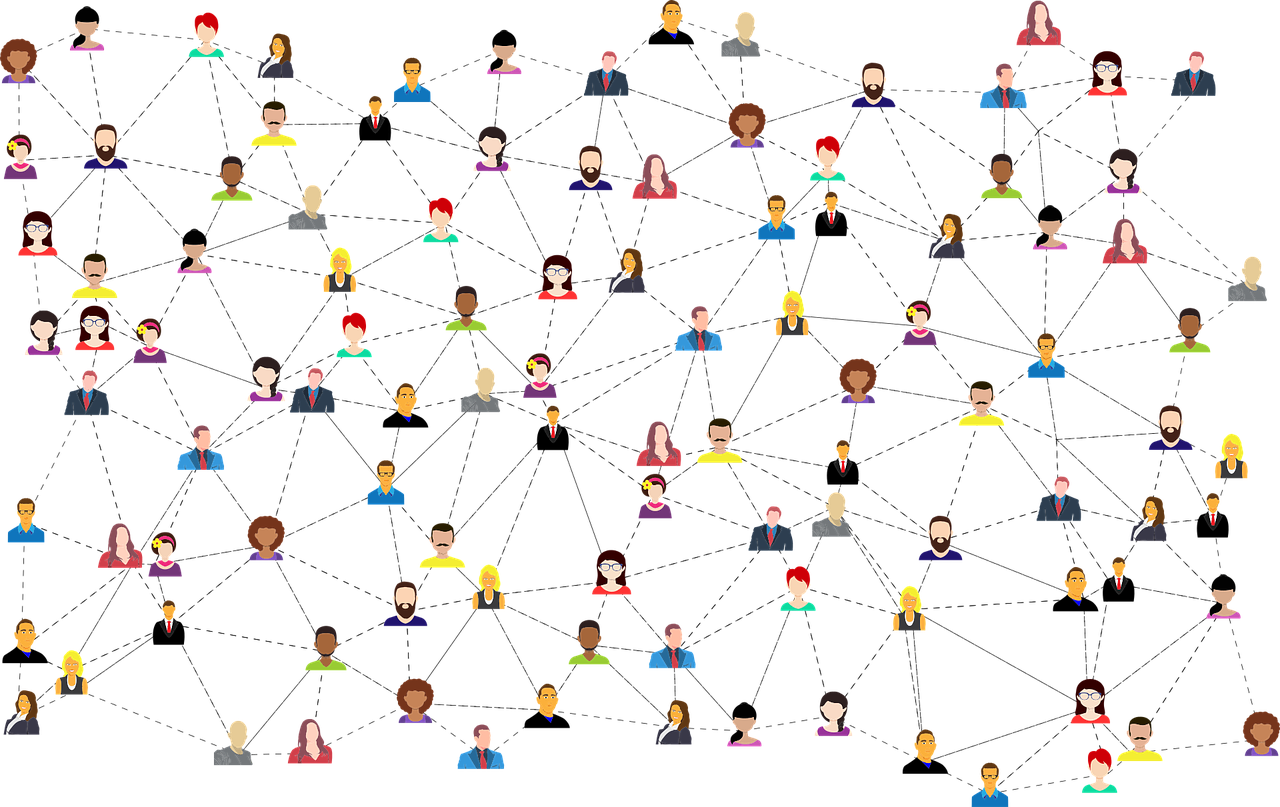
Image by Gordon Johnson from Pixabay
The primary purpose of using a personal learning network(PLN) is to gain more knowledge regarding teaching online. I plan to use it for brainstorming teaching ideas and bookmarking content that I would like to study further.
Due to my learning preference, I choose to first start with Pinterest. Pinterest has a bulletin broad for browsing image content. Once I find something interesting, I will save it and pint it to my Pinterest according to its category. Other users can also find my saving by searching the keywords. When I pin some contents, Pinterest will analyze my choice and predict what content would attract me the most. For instance, once I have researched online teaching, more content relating to EdTech and online teaching tools will pop up as recommendations for me.
The image content is not purely an image. It has links in the description, which can redirect users to blogs, Twitter, Facebook, YouTube, and other social media or platforms. Whenever I would like to study, I can click those links and study the content thoroughly.
There are many educators on Pinterest. I have followed a few relating to educational technology and online teaching. Angela Watson is an online educator who offers practical ideas for teachers, including class behaviour and organization management. Most of her pins are linked to her personal-brand blog, where readers can find useful information. I also have followed the Edutopia organization and Edtechnocation who regularly share contents relating to innovative and inspiring teaching ideas.
Strategies for Choosing a PLN:
Since there is no best strategy nor best PLN, You just need to find the one that fits you the most. Several factors should be considered when choosing.
- Purpose
Each PLN has different features and functions. Keep your purpose in mind when you evaluate your prospective PLNs. For instance, if you want to communicate with people in your fields or discuss relevant issues in your professions, then some blog platforms like Twitter chat will be the right choice. If you would like to have detailed information and an explanatory tutorial, in this case, YouTube might be on your lists.
- Personal Preference
The learning process could be more effective when integrating with one’s learning preferences or learning styles. Different PLNs have different user languages, plus various ways of presentation. Contents could be presented by videos, texts, images, or bookmarks. You should consider how you would like to learn and digest the information. Nevertheless, referring to your schedule to choose the right platform is critical. When you are occupied with your work and life, using twitter, which restrains text length within 140 characters, might not consume much of your time.
- Be Creative
You might want to start with the one you are familiar with, but you could also step out of your comfort zone. The Millennials are using social media and online learning platforms that might be foreign to adults. Teachers might need to explore those platforms to better understand their students. While choosing a PLN, it is an excellent chance to try new ways of obtaining information. There are tons of tutorials of basic introductions for platforms that can help you start quickly.
What’re your best strategies when choosing PLNs?
References
US Department of State, The Bureau of Educational and Cultural Affairs, American English. (n.d.). Developing your virtual personal learning network (PLN). Retrieved from https://americanenglish.state.gov/resources/teacherscorner-personal-learning-networks-plns


Leave a Reply
You must be logged in to post a comment.